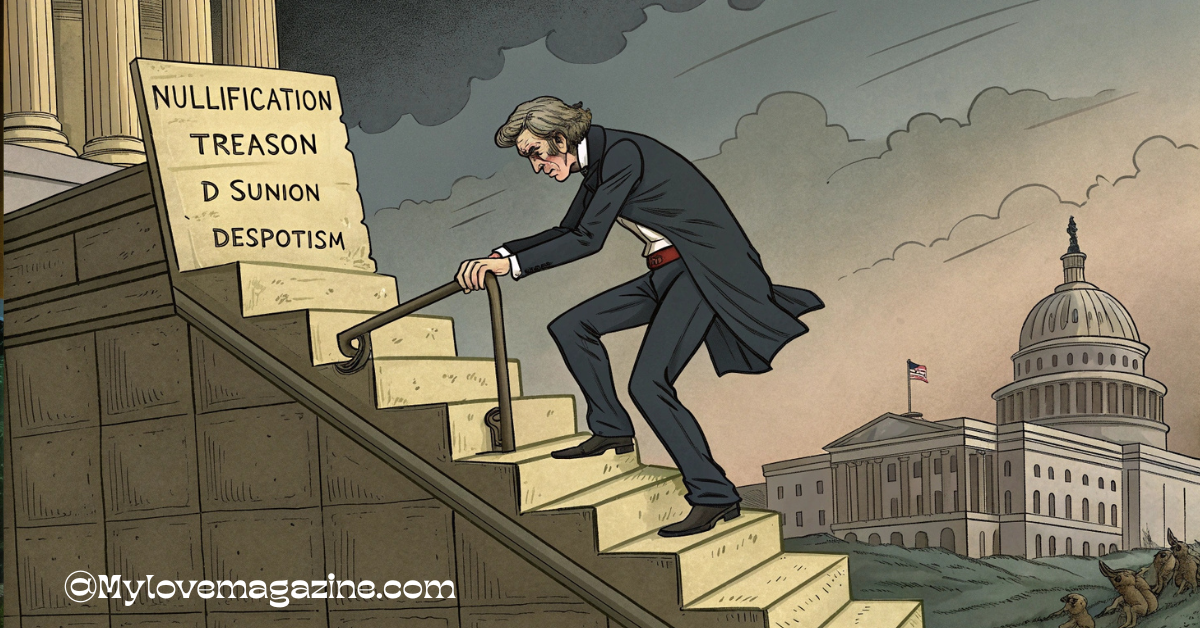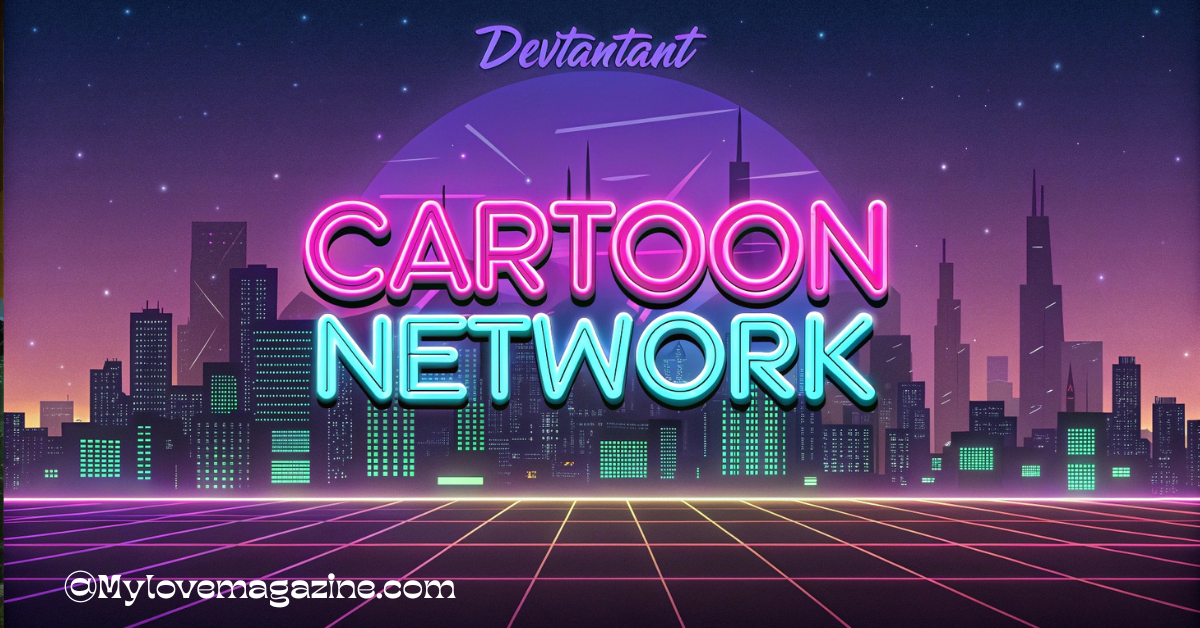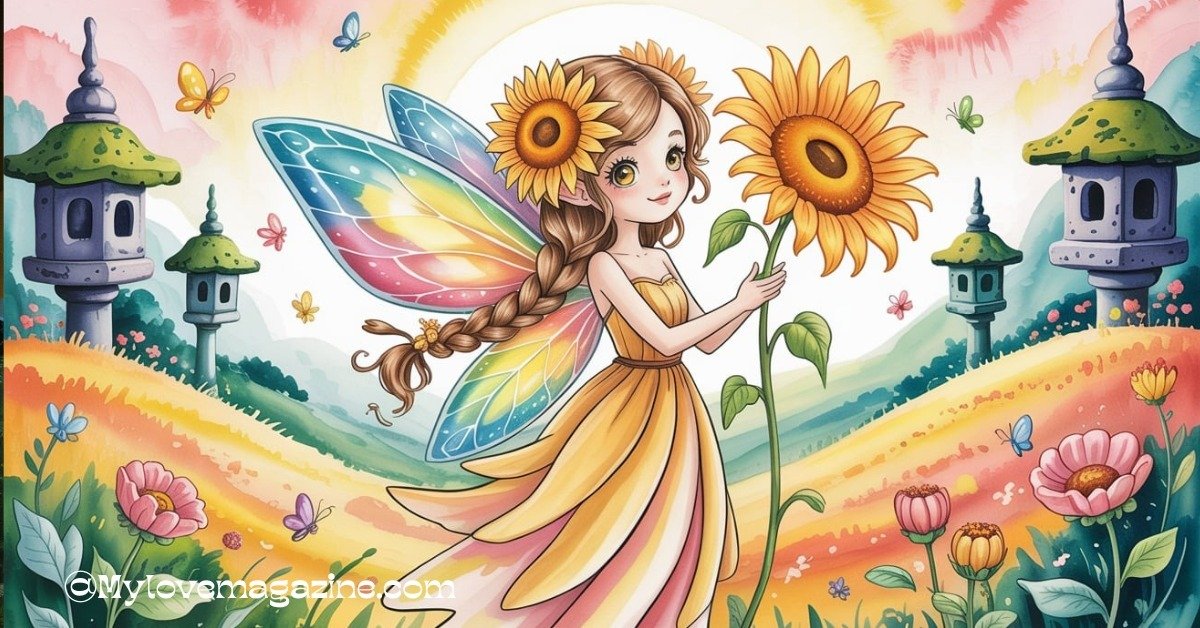Yosemite Sam Tax Bracket in Cartoon Meaning Explained!
The phrase “Yosemite Sam tax bracket” mixes cartoon satire with internet humour to describe loud, old-school rich characters. It humorously reflects how Yosemite Sam’s exaggerated wealth and attitude fit into the idea of resisting taxes. This viral meme captures how cartoons like Looney Tunes comment on real-world class and culture.
Stay tuned with us! We will talk about the fascinating meaning behind the “Yosemite Sam tax bracket in cartoon meaning” and how this classic character became a symbol of wealth and internet humour.
What Is the Meaning of “Yosemite Sam Tax Bracket” in Cartoons?
The phrase “Yosemite Sam tax bracket” might sound like an unusual mix of a cartoon character and financial terminology. Still, it has recently taken on a life of its own across internet culture. As people online mix humour with real-world economics, cartoon icons like Yosemite Sam have become symbols of exaggerated stereotypes—in this case, the image of old-school, blustering wealth. But what does it mean when people refer to the “Yosemite Sam tax bracket”? Is it just a joke, or does it reflect a deeper cultural commentary?
In this article, we’ll explore the roots of this meme-like phrase, break down what it implies, and examine how it fits into the larger trend of using cartoons as metaphors for real-world ideas like taxation and wealth. From meme culture to political satire, let’s dive into the cartoon world and decode the “Yosemite Sam tax bracket in cartoon meaning.”
Who Is Yosemite Sam, and What Does He Represent in Looney Tunes?
Yosemite Sam is one of the most iconic characters from Warner Bros.’ classic Looney Tunes series. First appearing in 1945, he is portrayed as a short-tempered cowboy with a fiery personality, often wielding guns and challenging Bugs Bunny in numerous wild west-style showdowns. His oversized mustache, loud voice, and aggressive mannerisms made him instantly recognizable and often used as a caricature of American bravado and frontier spirit.
Over time, Yosemite Sam has come to represent more than just an angry cowboy. To many viewers, he symbolizes outdated authority, masculine bluster, and a kind of stubborn, wealthy individual who resists change. His extravagant displays of wealth (gold mines, elaborate outfits, and big spending) reinforce the idea that he might belong to a higher economic class, which is where the “tax bracket” conversation starts to form.
Where Did the ‘Yosemite Sam Tax Bracket’ Meme or Joke Come From?
The phrase “Yosemite Sam tax bracket” doesn’t originate from the Looney Tunes scripts themselves. Instead, it emerged from internet humour, particularly meme culture on platforms like Reddit, TikTok, and X (formerly Twitter). Users began to attach financial or political commentary to cartoon characters, using them as visual metaphors for economic status or social behaviour.
In this case, Yosemite Sam’s flamboyant, gun-slinging, and wealthy persona made him the perfect figure to describe someone in a high tax bracket, especially the type of person who might loudly complain about taxes or government intervention. The meme plays on the absurdity of assigning real-world financial tiers to fictional characters, but it also works because it exaggerates traits we already associate with rich, eccentric individuals.
What Does the Phrase ‘Yosemite Sam Tax Bracket’ Actually Mean?
So, what is the real meaning behind the phrase “Yosemite Sam tax bracket” in cartoons? In essence, it refers to a fictional or meme-based income level where someone is perceived to be wealthy, outspoken, and old-fashioned—a tax bracket associated with loud opposition to taxation and modern ideas.
When someone says, “He’s in the Yosemite Sam tax bracket,” they often mean:
- The person appears rich or acts like old money.
- They resist modern changes or progressive taxation.
- They are vocal, combative, and set in their ways—much like Yosemite Sam.
It’s a humorous way to classify someone’s economic and social behaviour without using dry financial terms. This phrase uses satire to point out how some wealthy individuals express their frustration with taxes or government spending in exaggerated ways.
Are Tax Brackets a Common Theme in Cartoon Satire?
Yes, cartoons have long used satire to explore financial and political issues, and tax brackets are no exception. From shows like “The Simpsons” to “South Park,” animated programs have frequently commented on class inequality, capitalism, and taxation.
While classic Looney Tunes episodes didn’t explicitly delve into modern economic structures like tax brackets, their characters often portrayed exaggerated versions of the rich and poor. Yosemite Sam, with his flashy gold mines and oversized ranches, was often depicted as a caricature of a self-made or inherited millionaire, complete with arrogance and entitlement.
Modern cartoons take this further. For example, “Rick and Morty” has tackled wealth and social inequality, and “BoJack Horseman” dives deep into celebrity privilege and financial recklessness. In this cultural environment, using Yosemite Sam to discuss taxes feels like a natural evolution of how satire works through animation.
Why Has the Internet Turned Yosemite Sam into a Symbol of Wealth?
Yosemite Sam’s transformation into a symbol of wealth online stems from how meme culture amplifies certain character traits for humour and commentary. Users gravitate toward visual shorthand, and Yosemite Sam, with his big hat, even bigger attitude, and flashy lifestyle, fits the mould perfectly.
Memes have labelled him as someone who represents:
- “Boomer energy”
- Anti-government wealth
- The kind of rich person who stores gold in a vault
- Someone who might shout “I ain’t payin’ no taxes!”
These traits align with popular internet narratives about economic disparity, class warfare, and the absurdity of extreme wealth. He’s loud, he’s rich (in appearance), and he’s stuck in the past—the perfect combination for online satire.
Could Yosemite Sam Fit into a High Tax Bracket?
If we treat Yosemite Sam as a real-world figure, could he reasonably fall into a high tax bracket? Let’s play along and analyze.
In many episodes, Sam is shown owning gold mines, large ranches, ships, and sometimes even entire towns. If we calculate the fictional value of his assets, he could easily be worth millions, at least in cartoon logic.
| Asset | Estimated Value (Cartoon Logic) |
| Gold Mine | $20 million |
| Ranch/Land | $5 million |
| Horses & Gear | $500,000 |
| Weapons & Ammo | $250,000 |
| Misc. (clothing, saloons) | $100,000 |
Total Estimated Wealth: $25.85 million
Given this fictional net worth, he would undoubtedly fall into the top federal income tax bracket in most countries. While it’s absurd to apply real-world logic to cartoons, the satirical intent becomes clear: Yosemite Sam behaves like someone with significant wealth and an aversion to taxation.
What Other Looney Tunes Characters Are Linked to Symbolic Meanings?
Yosemite Sam isn’t the only Looney Tunes character used as a social metaphor. The franchise has a long history of exaggerated, symbolic personalities that represent societal roles:
- Bugs Bunny: Often seen as the clever underdog, representing wit over power.
- Elmer Fudd: A symbol of blind authority or misguided enforcement.
- Daffy Duck: Greed and insecurity.
- Wile E. Coyote: Obsession with success, corporate failure, and flawed persistence.
Yosemite Sam stands apart because his wealth and attitude make him an easy icon for exaggerated capitalist bravado—the kind that screams about taxes while sitting on piles of gold.
How Does Looney Tunes Use Satire to Talk About Real Issues Like Taxes?
Although Looney Tunes wasn’t overtly political, its cartoons often contained subtle commentary on real-world issues. Wartime propaganda, criticism of bureaucracy, and social class distinctions were woven into many episodes.
Yosemite Sam’s character exaggerated the rich landowner or colonial boss archetype. He represented an outdated power structure, often being bested by Bugs Bunny’s cleverness—a nod to the idea that wit and resilience could overcome arrogance and power.
Taxes weren’t explicitly discussed, but the broader themes of authority, greed, and justice were present, creating fertile ground for modern interpretations like the tax bracket meme.
Why Are Tax Bracket Memes So Popular in Pop Culture Today?
Post-2020, memes about taxes, billionaires, and inequality have surged. Economic hardship, job insecurity, and rising inflation have made wealth a constant topic of conversation, especially among younger generations.
Memes offer a humorous outlet to express frustration, and they often exaggerate reality to make a point. Assigning characters like Yosemite Sam to a high tax bracket is a way of turning complex emotions about money, privilege, and injustice into relatable, laughable content.
Tax bracket memes also:
- Simplify complex economic ideas
- Use visual humour for fast understanding
- Build cultural connections through shared sarcasm
This trend helps cartoons stay relevant and allows new interpretations to keep old characters alive in modern discourse.
Is the Yosemite Sam Tax Bracket Meme Serious or Just Internet Humour?
At its core, the Yosemite Sam tax bracket meme is a form of internet humour. It exaggerates for comedic effect but also reflects genuine social observations. It isn’t meant to be a serious economic theory but rather a symbol of how wealth, power, and resistance to taxation are perceived by the public.
The meme blends nostalgia with satire. Older generations recognize Yosemite Sam as a familiar cartoon, while younger audiences repurpose him to comment on modern class dynamics. It’s a clever reuse of character traits to express deeper cultural sentiments.
So while it starts as a joke, the Yosemite Sam tax bracket in cartoon meaning is layered with wit, critique, and social reflection.
FAQ’s
Q1: What cartoon was Yosemite Sam in?
Yosemite Sam is a recurring character in the classic “Looney Tunes” and “Merrie Melodies” animated series produced by Warner Bros.
Q2: Why was Yosemite Sam created?
He was created by animator Friz Freleng to serve as a tougher, more aggressive adversary for Bugs Bunny, contrasting with Elmer Fudd’s bumbling persona.
Q3: Is Yosemite Sam wearing a mask?
No, Yosemite Sam is not wearing a mask. His large mustache and facial features are part of his exaggerated cartoon design.
Q4: Are other cartoons used in tax-related memes?
Yes, characters like Mr. Krabs (from SpongeBob) and Scrooge McDuck are often used to depict wealthy personas.
Q5: Does this meme reflect actual social issues?
Yes, it touches on public frustration with inequality, government policy, and outdated ideologies.
Conclusion:
The Yosemite Sam tax bracket in cartoon meaning is more than a viral joke—it’s a layered commentary on how society views wealth, authority, and resistance to change. By using a classic cartoon figure to symbolize economic privilege and bluster, the meme bridges generational gaps, brings humour to serious issues, and reflects the power of satire in modern communication.
Whether you see it as a joke or a sharp cultural critique, one thing is clear: Yosemite Sam has officially entered a new kind of spotlight—this time, in the economy of ideas.











Post Comment